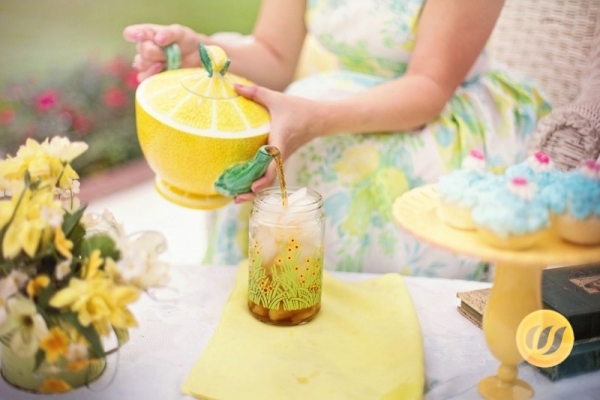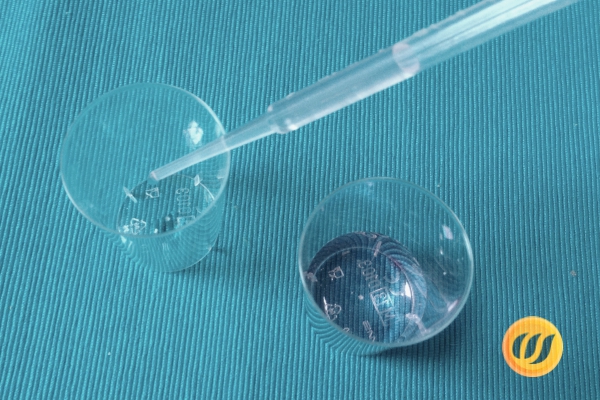Practical life

- supports the children in their need to engage in meaningful activities
- offers the children the opportunity to learn at their own pace
- the classic Montessori exercises from age 3-6
Maria Montessori developed Practical Life Activites, since the children in her observation had a need to engage in meaningful activities. They want to practice in their own way and at their own pace, what they see their parents doing every day.
With these exercises, children can learn, internalize and refine autonomously following areas:
- sensory-motor skills
- sence of balance
- Fine & gross motor skills
- Hand-eye coordination
- Motion and action sequences
The exercises are presented on a tray. The children can take them out of the shelves and put them back independently. The objects are childsized, in order to address the body memory all objects are arranged in writing direction, ie full containers are positioned on the left, empty ones on the right.
During the first presentation, the child is shown the individual steps in slow and precise movements. The actions should be accompanied verbally: "First I take.... and then ...".
There are exercises on the following topics:
- Selfcare
- Care of the environment
- Exercises on various handicraft techniques
- Sequences of Movement ( Transfer work with pliers, spooning, pouring activities , transfer work with the syringe or pipette )
- cooking
- for cutting
You can help us making the Wunderwerkstatt more beautiful. If you buy something through our affiliate links, you support us effectively.

There are many different pouring activities - they build on each other in terms of difficulty level and variation.

There are many different transfer exercises with pipettes and syringes - they build on each other in level of difficulty as well as variation.

There are many different activities with tongs - they build on each in difficulty level and variation.

There are many different activities with spoons - they build on each other in levels of difficulty and variation.
